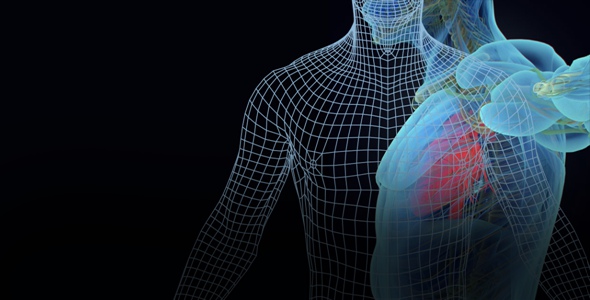
@ShahidNShah


In 2019, Germany passed the Digital Healthcare Act, which, among other things, created a “Fast-Track” regulatory and reimbursement pathway for digital health applications in the German market.
In late 2019, Germany passed the Digital Healthcare Act, which, among other things, created a regulatory and reimbursement pathway for digital health applications in the German market. The “Fast-Track” pathway establishes market access for certain categories of digital health applications (known by their German acronym, DiGA) namely those that meet the definition of lower risk medical devices and are primarily used by patients rather than physicians. When such products meet prespecified requirements related to safety, functionality, quality, data protection, data security, and interoperability, they are eligible for regulatory review and subsequent entry into a directory of regulated, reimbursable DiGA maintained by the German Federal Agency for Drugs and Medical Devices (BfArM).
Those products that meet the requirements and can demonstrate so-called positive care effects are then reimbursed by all of Germany's statutory health insurers, which cover over 90% of the population, over 73 million individuals.
Continue reading at thelancet.com
Emphasis must be put on technology strategies that ensure greater integration and interoperability of solutions, such as EHRs, imaging platforms and clinical diagnostic decision-making support tools, …
Connecting innovation decision makers to authoritative information, institutions, people and insights.
Medigy accurately delivers healthcare and technology information, news and insight from around the world.
Medigy surfaces the world's best crowdsourced health tech offerings with social interactions and peer reviews.
© 2025 Netspective Foundation, Inc. All Rights Reserved.
Built on Apr 21, 2025 at 1:14pm